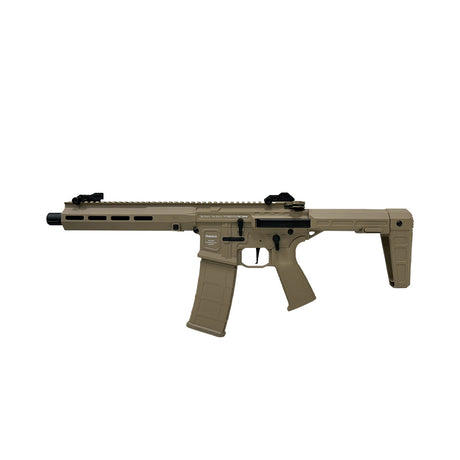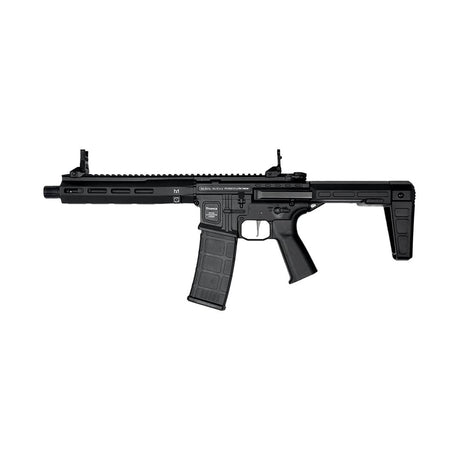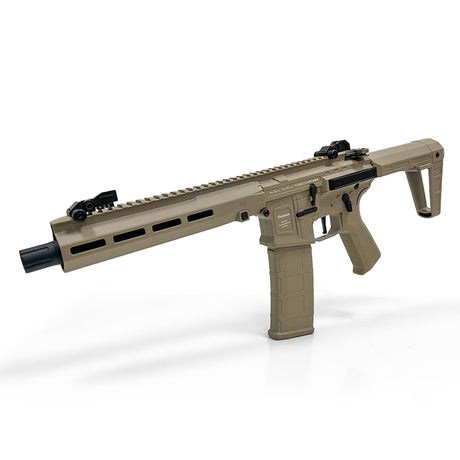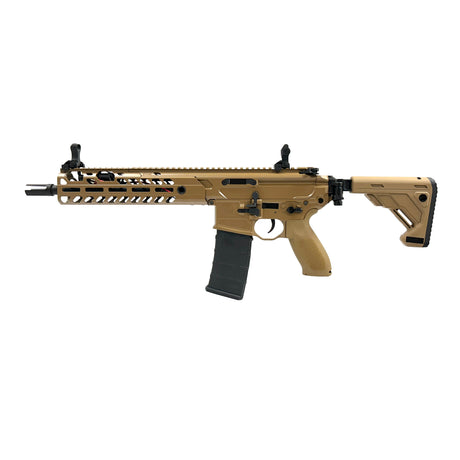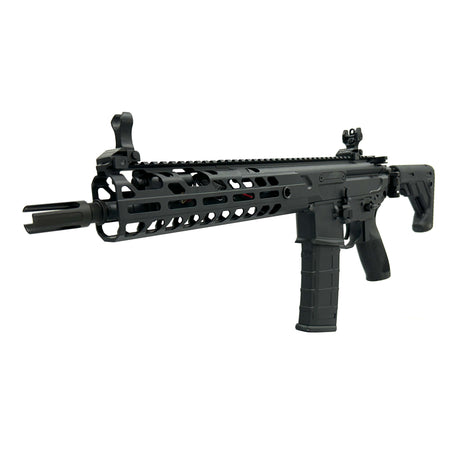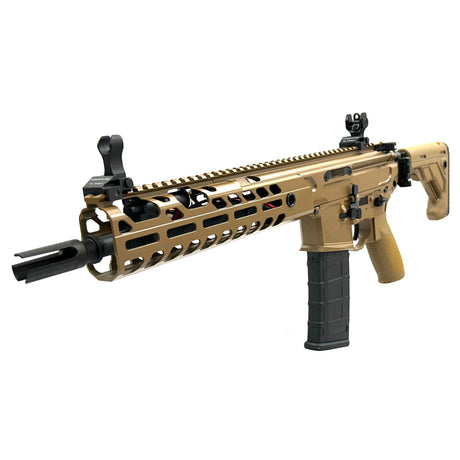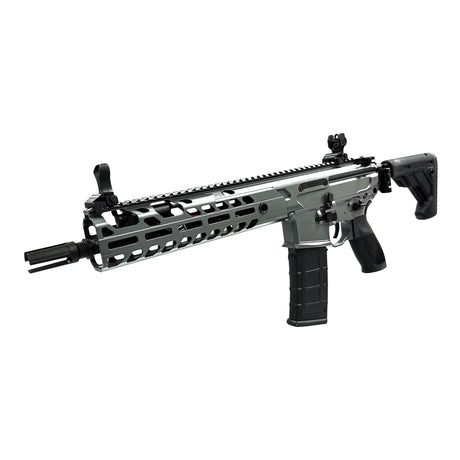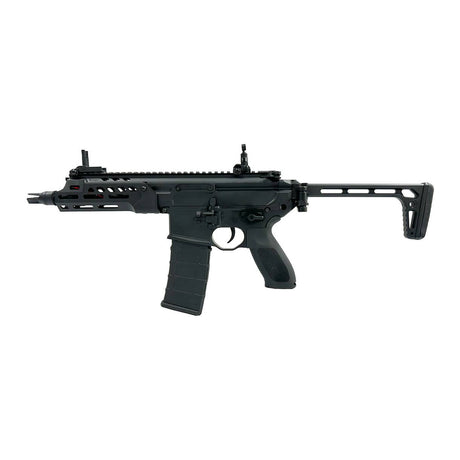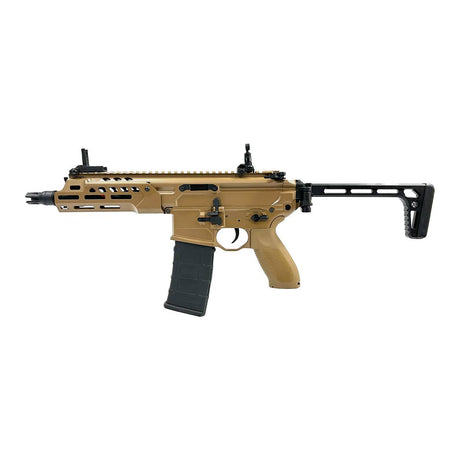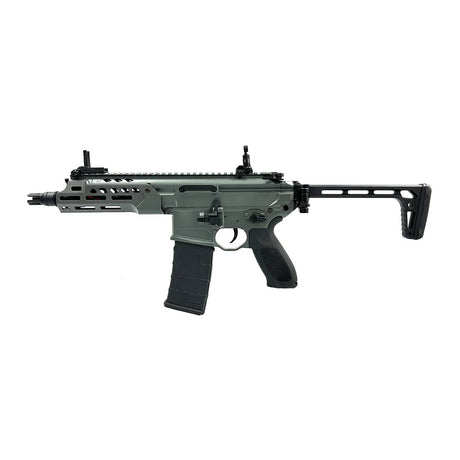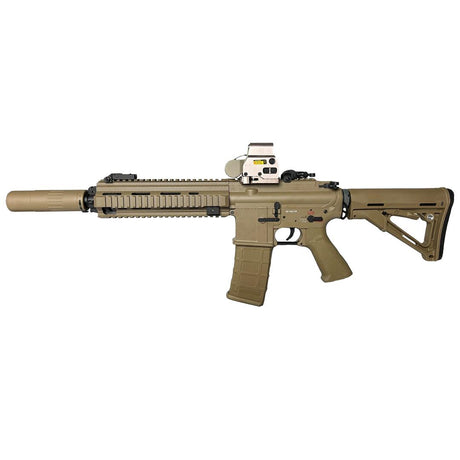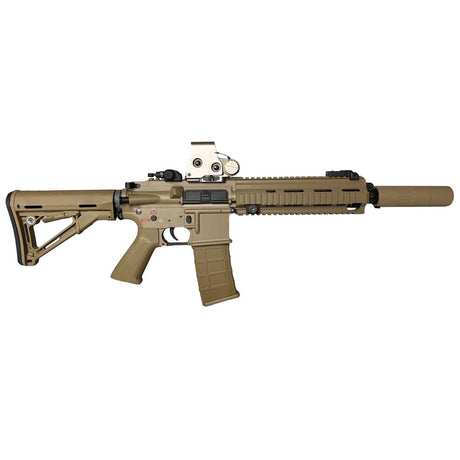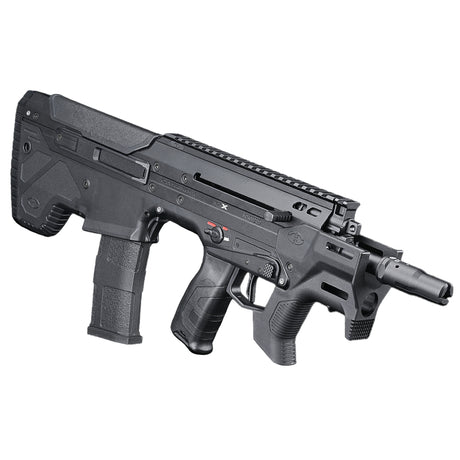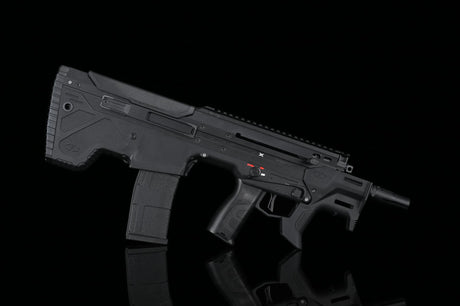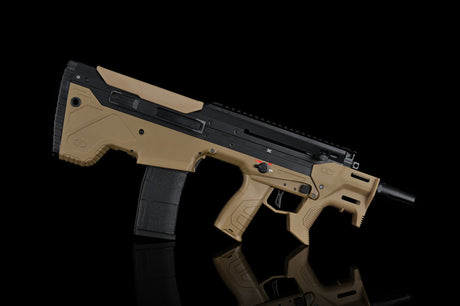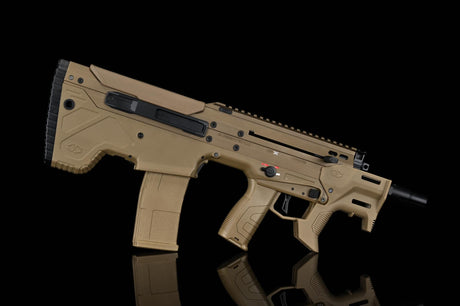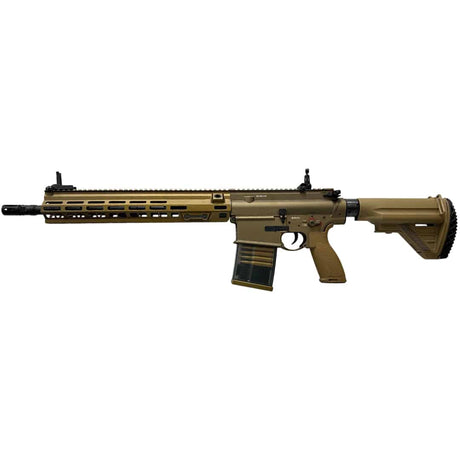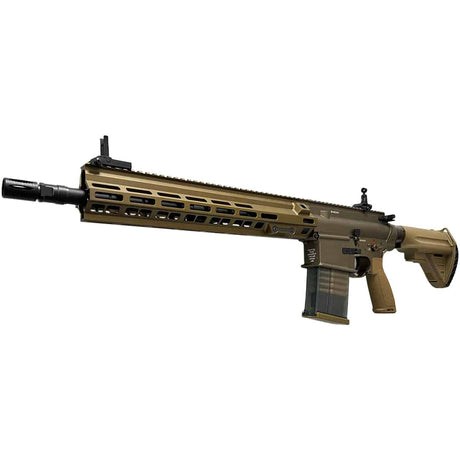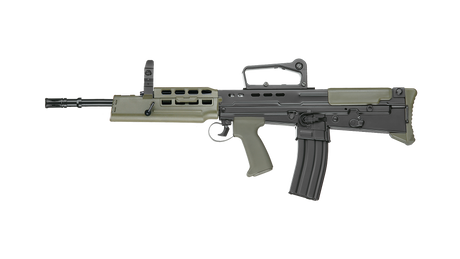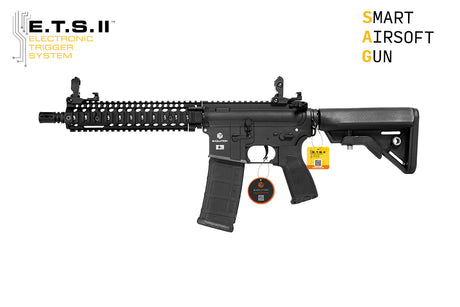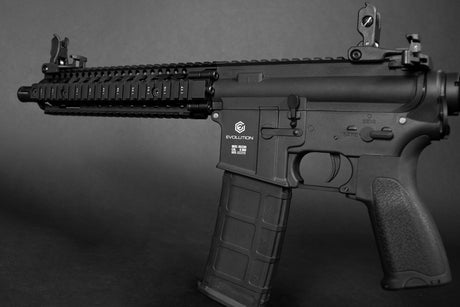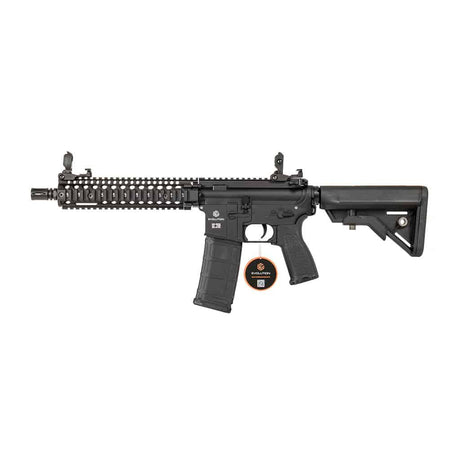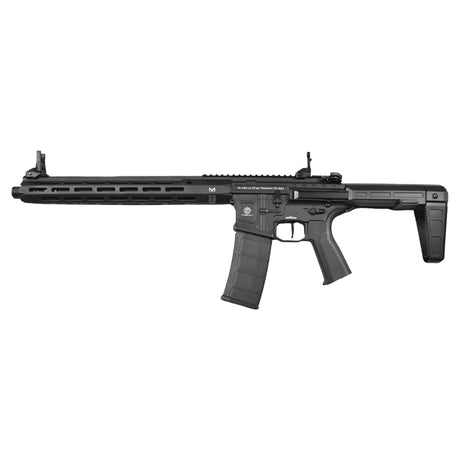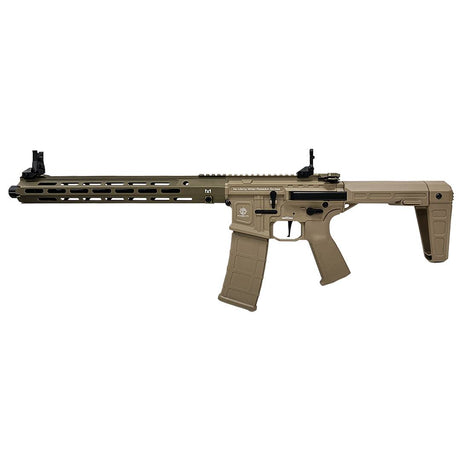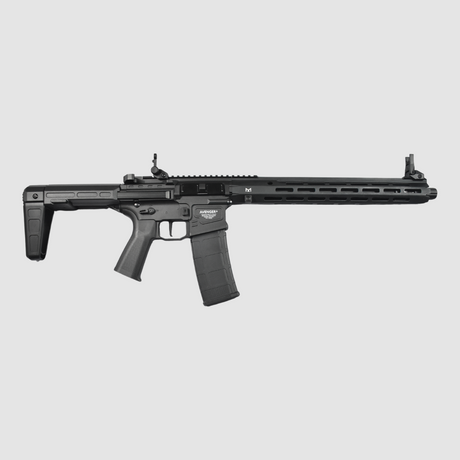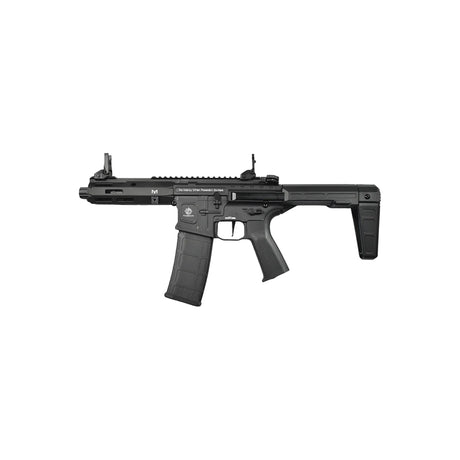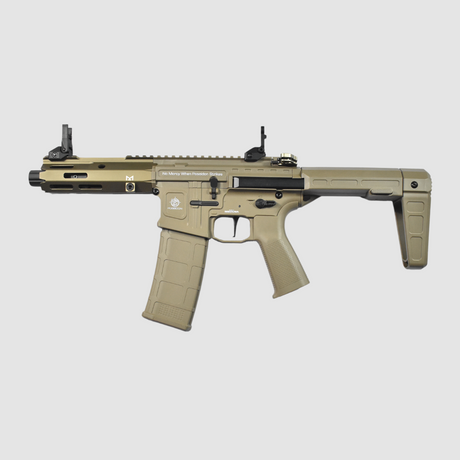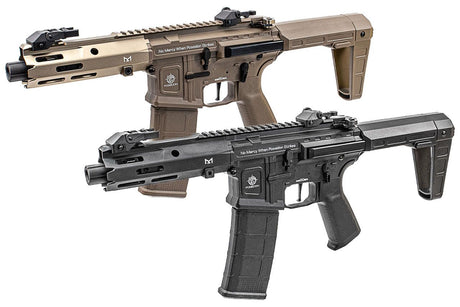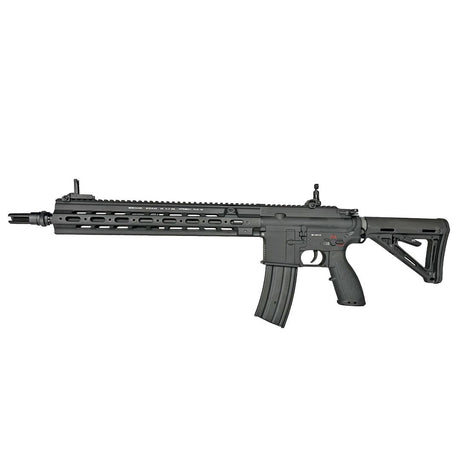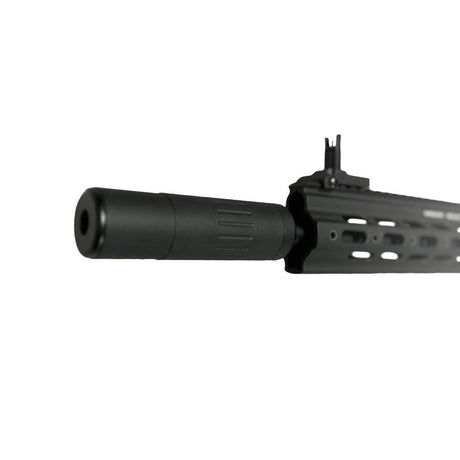Whether you bought your airsoft gun directly from a supplier or you found a second-hand bargain, there's likely to be something about the appearance of your gun that you don't like. Our quick and simple guide on how to remove paint from an airsoft gun will take you through the 2 best ways to do so, along with other points you need to consider.
So, whether you're dealing with a dodgy DIY paint job or you want to remove a two-tone colour scheme, we've got you covered.
Find out how to remove paint from an airsoft gun with our handy step-by-step guide. We've covered two popular methods of removing paint depending on the type of gun you have, so all bases are covered.
We've also included a note about the legality of removing two-tone paint from your gun to help you stay current with airsoft laws.
How to Remove Paint From Your Airsoft Gun at Home
Legally, airsoft retailers must sell you airsoft weapons with a two-tone paint job. This is to ensure they comply with the laws surrounding the ownership and transportation of RIFs.
That being said, it's possible to remove the two-tone paint once you own the gun at home. We've outlined two of the most common methods to remove paint from your airsoft gun.
These methods can also be used to remove dodgy camo or DIY paint jobs from second-hand weapons.
| There are some legal issues to consider before removing two-tone paint from your gun. We've outlined the legalities below. Please consider these before you remove legally required paint from your weapon. |
Using a Paint Stripper
A paint stripper is one of the easiest ways to remove paint from your gun. Solvents like acetone or spirit can break down the paint and remove it from your gun.
It's important to note that this method should only be used on metal airsoft weapons, as the solvent may damage the integrity of an ABS gun.
Here's a step-by-step guide to removing paint from your gun with a paint stripper.
|
If using this method, make sure to work in a well-ventilated area and wear appropriate protective gear, such as masks and gloves.
The Sandpaper Method
If you're working with an ABS gun, solvents might damage the gun's body and the paint you want to remove, so we recommend opting for the sandpaper method instead.
|
For both of these methods, if you're just removing an orange tip or paint from part of your gun, make sure you dismantle it or use masking tape to protect the rest of your weapon.
This helps to avoid ruining additional paintwork and creating a bigger job than necessary.
Legalities of Removing Two-Tone Paint from Your Airsoft Gun
The UK has specific regulations regarding the removal of two-tone paint from airsoft guns, primarily governed by the Violent Crime Reduction Act 2006.
Under this legislation, an airsoft gun must be painted in a bright, non-realistic colour (two-tone) when being sold to individuals who do not have a valid defence for owning a realistic imitation firearm (RIF).
A valid defence can include being a member of an insured airsoft skirmish site or having a specific historical or theatrical purpose. If you possess the proper defence, you may legally remove the two-tone paint to create a more realistic appearance.
However, without such a defence, altering a two-tone airsoft gun to resemble an RIF can lead to legal consequences, including fines or even imprisonment.
Always verify your eligibility and understand your obligations under the law before proceeding with paint removal.
Additionally, consult local law enforcement or legal resources to ensure compliance with all applicable regulations.
| You can read more about airsoft laws around the world in our extensive guide. |
How to Restore Your Gun With Spray Paint
Restoring your airsoft gun with spray paint can give it a fresh, new look or help you personalise it to your taste. We've put together a brief step-by-step guide to achieving the best results.
This guide picks up where we left off with removing the previous paint job. If you haven't removed the paint, make sure to disassemble and clean the parts you're spraying first.
|
Things to Consider When Removing a Bad Paint Job From Your Gun
When faced with the task of removing a bad paint job from your weapon, there are several important factors to consider to ensure the process goes smoothly.
Here are some key points to keep in mind.
| Factor | Description |
|---|---|
| Type of Paint Used | Water-based paints are easier to remove with solvents. Oil-based or enamel paints require stronger methods like strippers or sanding. Research the paint type for the safest and most effective removal. |
| Thickness of Application | A thin layer may come off with mild solvent or light sanding. Thick or multi-layered paint jobs might need multiple stripper applications or intensive sanding. Assess the thickness to plan your approach. |
| Original Finishes Underneath | Consider any original finishes under the paint. If there's a specialised coating or factory finish, take extra care to avoid damaging it. Protecting the underlying finish helps maintain the weapon's integrity and makes repainting easier. |
Key Takeaways: How to Remove Paint from an Airsoft Gun
Removing paint from an airsoft gun, whether you're repairing a poor paint job or creating an RIF, requires the right products and a good deal of patience.
Based on the gun's material, opt for suitable paint strippers or sandpaper, and take time to ensure thorough and even removal. Rushing the process could lead to unsatisfactory results or damage to your airsoft weapon!
For more airsoft tips and insider know-how, head on over to our blog!


